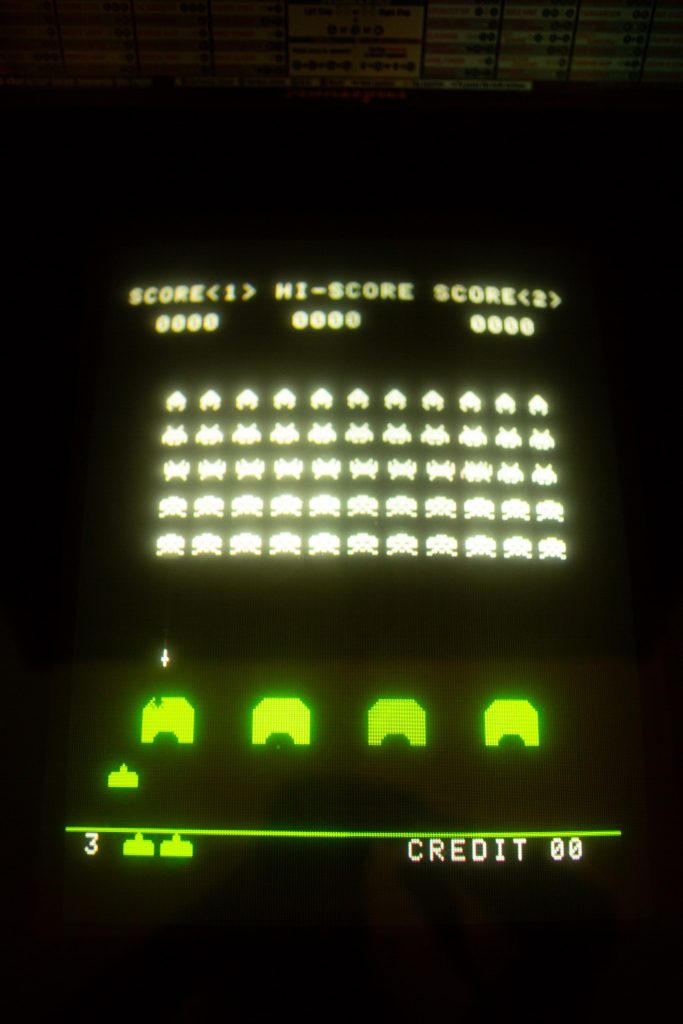
Few industries can be said to have evolved so rapidly over the last two decades as gaming has. This is easily explained when we take a closer look at how modern gaming has become closely intertwined with cutting-edge tech. The ongoing digital transformation of almost every human activity has placed the gaming industry in a prominent position, as developer studios are eager to be among the first to tap into new tech capabilities such as augmented reality or virtual reality. As graphics, gameplay, and gaming gear evolve, so has the main premise of our favorite pastime: from predominantly single-player, video games have moved towards a multiplayer fanbase. How did this evolution come to be?
Table of Contents
The single-player origins of gaming
When nuclear physicist Dr. Edward Condon first set up his game machine at the 1940 New York Fair, little did he know that he was setting the foundations of an industry that would less than a century later become one of the most profitable sectors worldwide. The machine, which he affectionately dubbed ‘Nimatron’, allowed users to play ‘Nim’, a strategy game based on mathematics, is now widely regarded as the first step in gaming and the predecessor of popular arcade machines. Apparently, Nimatron won 90% of the games played during the New York Fair – but on the rare occasions when it lost, the player would be given a commemorative token coin that read ‘Nim Champ’. Does the concept sound familiar?
Playing for bragging rights has always been an integral part of gaming – even during the very first era, when games were still largely unable to support a multi-player gameplay. Playing for fun is at the core of gaming, but so is playing to see how you would stack up against an opponent – more often than not, an annoying friend who must admit to your superiority! It was this simple idea that was behind an element that completely transformed the arcade machine culture: the scoring board. Let’s take a step back into the 1960s and 1970s, when companies like Sega and Atari first released electro-mechanical games and pioneered technology that set the tone for the video games world.

Founded in 1972, Atari takes its name from a term in the well-known strategy game Go. And its first moves were as strategic as could be: early on, the company understood the value of building a community around video games, so it aimed at revamping its contemporary Magnavox Odyssey – largely considered the first commercial home gaming console- into an arcade version. It was this focus on arcaded that set Atari apart from its competition, along with its pioneering professionalism that saw Atari titles being developed in-house and distributed to arcades across the globe. After it launched its first tennis-like game titled Pong, arcade machines started popping up like mushrooms across cafeterias, bowling alleys, malls, bars – even chain restaurants.
Although most arcade games were single-player, they focused heavily on competition thanks to the ingenious idea of allowing top players to log their high scores in the machine’s scoreboard. Even though people were playing in a single-player capacity, they were not playing alone.
Competitive single-player gaming beyond the arcade scoreboard
The concept of games where gameplay is individual, yet scores are ranked to provide a winner is not unique to arcade gaming. As online gaming expanded, it soon enveloped traditional games like bingo or card games. Players around the globe flock to play online bingo on websites like Wink Bingo, where the main premise remains the same: you play on your own, yet your scores only have value thanks to the community against which they are ranked. Other pioneering examples of video games also revolved around the same idea: racing games for instance or even puzzle games are immensely more exciting to play in single-player mode when you are trying to beat the scores of others.
This competitive aspect soon became such an integral part of gaming that demand soared for a more direct way to compete with your nemesis – who sometimes you would know only by their initials that clearly marked the top of the Pac-Man scoreboard. The first attempt at creating a game that would see all players compete simultaneously within the same gameplay and affecting each other was ‘Empire’. Launched in 1973 for the PLATO system by the University of Illinois, ‘Empire’ was a predecessor of the modern turn-based strategy games. ‘Spasim’, which was also released on the same platform, became the first multiplayer shooting game – and the rest is history.
The modern multiplayer world
The release of the first home gaming consoles meant that soon playing video games at home became a trend. The release of Space Invaders by Atari in the beginning of the 1980s marked a new era for gamers. And as technology continued to evolve, soon millions of households across the globe boasted of their own computers for personal use – which naturally led to the emergence of PC gaming titles. No longer were people crammed in the same space, competing on the same screen on a single arcade machine. Yet they still wanted to compete – so truly multiplayer gaming was born.

Studios soon realised how much revenue was to be gained at developing video games and focused on providing titles that would satisfy the demand for both single-player and multiplayer gaming. LAN gaming became an instant success and paved the way for MMORPG and MOBA games, leading from the legendary Runescape to World of Warcraft and later to League of Legends and Dota 2. There are no less than 2.5 billion gamers around the globe today, while the worldwide gaming market was valued at $148.8 billion in 2019. Yet even in this vast multiplayer universe, there is still room for the concept of single-player gaming as part of a community. The launch of video streaming services like Twitch builds on this premise: a single gamer that plays not only for their own enjoyment, but for the fun of interacting with -and being evaluated by- a wider gaming community.
Single-player or multiplayer, the essence of gaming has always been that it is an inherently social pastime. And as VR and AR gaming continues to grow, we might still see new aspects of that community-oriented basis.